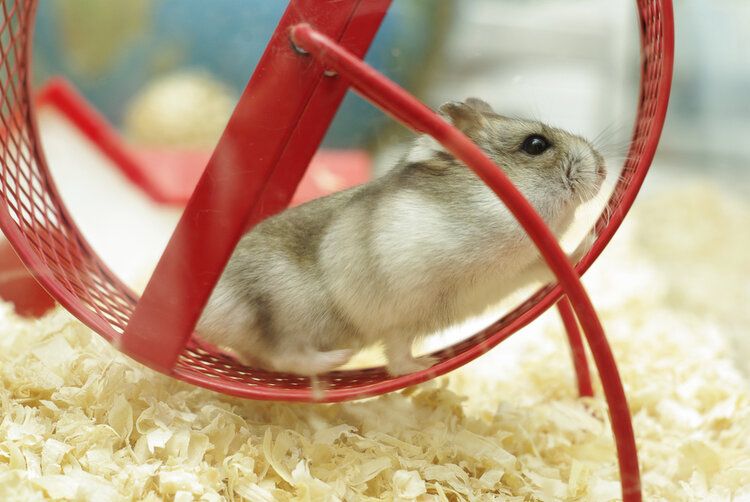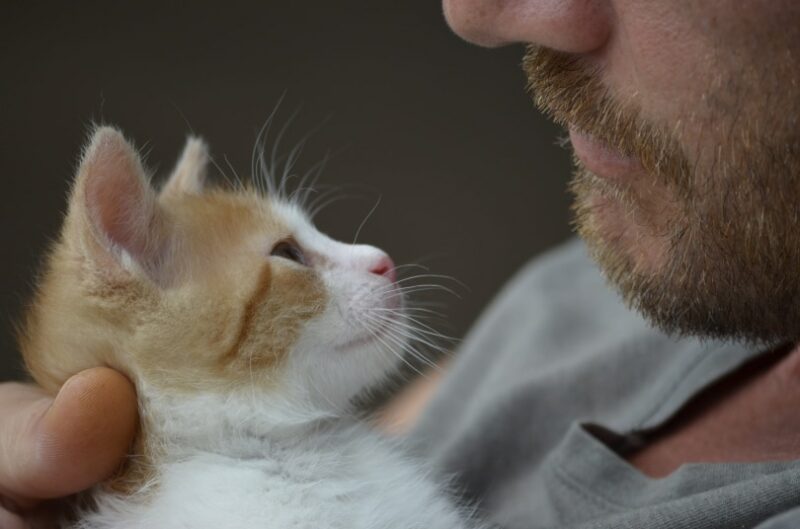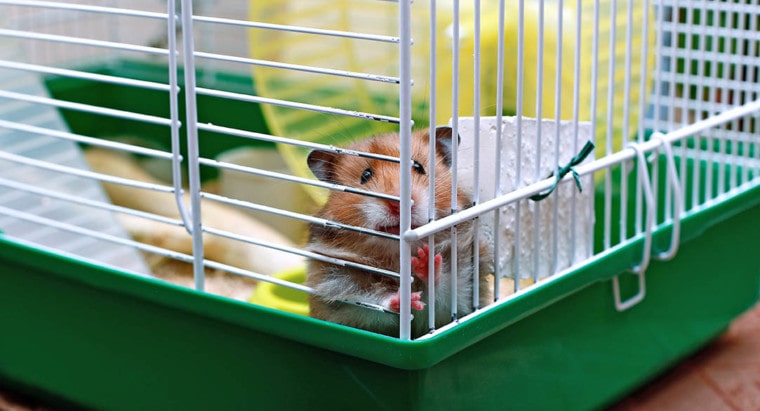
Since your hamster will be spending the majority of its life inside its cage, it is essential to have the right size cage for them to live in. Your hamster’s cage is likely the most important investment you’ll make in looking after these little creatures. The right cage for your hamster should be easy to clean, spacious, roomy enough for them to run around in, and of course, escape-proof!
Hamsters are highly active animals — they can run 5 to 8 miles a night in the wild! — and the size of the cage you buy is arguably the most important factor. That being said, there are several other vital factors to consider other than size, all of which can have a dramatic influence on the health and happiness of your hamster family.
So how much space does a hamster need in their cage? In this article, we’ll look at how to choose the right cage size for your hamster, as well as other important factors to consider.
Before You Start
There are over 20 species of hamsters, but there are 3 main types that are typically kept as pets. Remember that different species of hamsters should not be kept together, and hamsters of the same sex will likely fight, too. In this case, it’s better to have smaller, single cages for each hamster. Different species of hamsters will have different habitat requirements, including space and cage size. The most common species of hamsters kept as pets are Syrian Hamsters, Dwarf Hamsters, and Chinese Hamsters.
1. How Much Space Does a Hamster Need?
Syrian Hamsters
For Syrian Hamsters, around 900 square inches of floor space is the minimum amount of space needed per hamster. For a typical cage, this is about 40 x 20 inches, with a bedding depth of around 10 inches. Of course, this is the bare minimum needed to house them, and you should always aim for more space than required. The height needs to be around 24 inches tall at least to provide space for bedding and a small wheel. As with size, higher is also better.
Dwarf & Chinese Hamsters
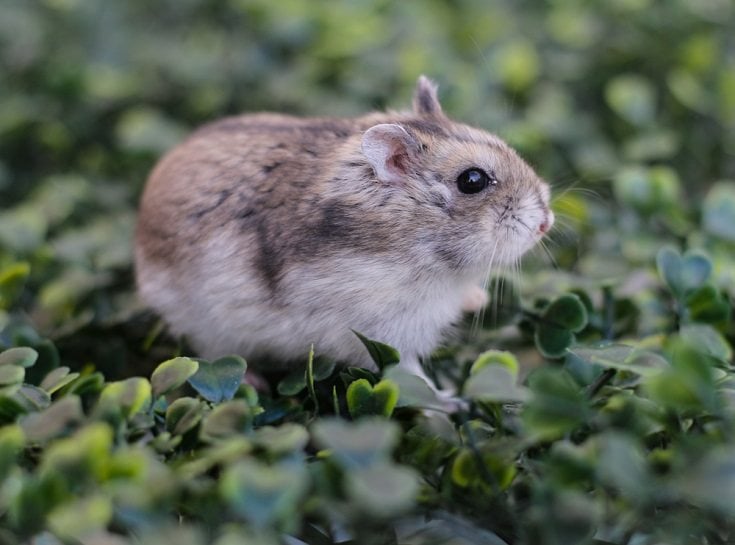
Chinese and Dwarf Hamsters may be small but still require adequate space to run around in. Around 700 square inches of floor space is an ideal minimum to aim for — around 40 x 15 inches per hamster. Again, the height should be a minimum of 24 inches and they’ll need space for adequate bedding too, a depth of around 6 to 8 inches.
It’s vital to note that these are just minimum guidelines, and the more space your hamsters have the happier they’ll be, so you should always aim to exceed these guidelines. This is especially true for hamsters that do not enjoy being out of their cage, and if you are planning to include a lot of toys and wheels in their cage.
2. Types of Cages
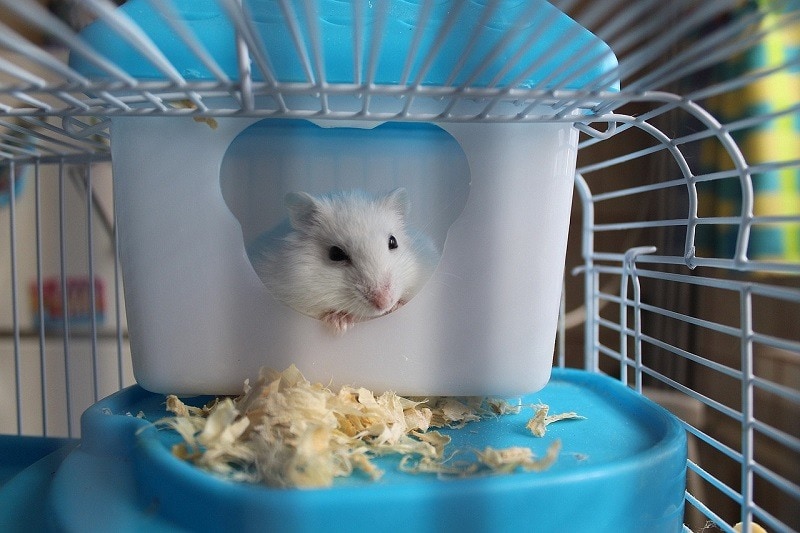
Now that you have a good idea of size, you’ll need to decide what style of cage you want to house your hamsters in. There are various types of cages used for hamsters, all of which have their own unique pros and cons. The most important considerations are the cage material, ventilation, ease of cleaning, and substrate suitability.
3. Cage Location
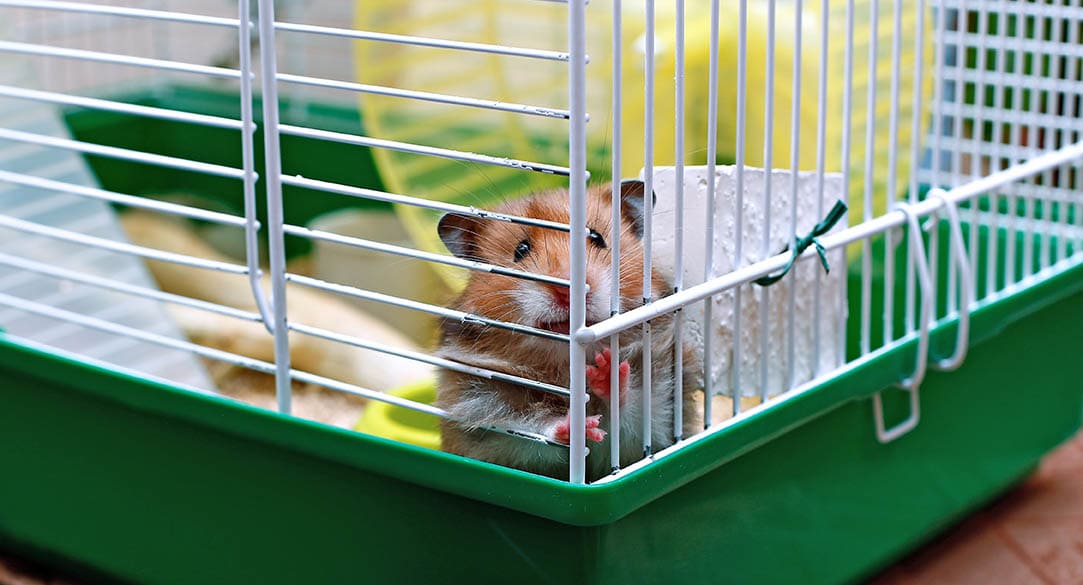
The location you want to put your hamster in will also have an impact on the size you choose. Larger cages will have fewer options available of where you can place them and are more difficult to move around. The location needs to have exposure to natural sunlight, night and day cycles, air movement, and temperature control. Ideally, the cage should be placed on a table above the floor, near a window for airflow and sunlight, in a closed room for temperature control, and in a space safe from other animals like cats and dogs.
The cage should never be placed in direct sunlight as it can heat your hamsters up very quickly but should have enough indirect sunlight to keep them warm and alert them to natural day and night cycles.
4. Accessories
Cage size minimums for various species are not all that’s needed to consider, though. While space is an important factor to a happy hamster, so is the ability to exercise their natural instincts as they would in the wild. Hamsters are naturally active animals that love to forage.
Their cage should allow them to exhibit these natural habits, and you need to include items that will encourage this behavior. Scattering their food around the cage will promote foraging, tunnels and wheels will keep them exercised and entertained, and different substrates like wood and sand baths will give them different textures to explore. Hamsters have very poor eyesight, and this variety of textures and scents will give them the sensory stimulation they require to stay happy.
Hamsters also love to have a “home within a home” to sleep in and have some private space. Also, the more hamsters you are housing together the more space you’ll need. These accessories obviously take up space, and so need to be accounted for when choosing the right size cage for your hamster.
Final Thoughts
Choosing the right size cage for your hamster has several different important aspects that you need to consider. There are minimum requirements of space that hamsters need to be happy and healthy, as well as accessories that will not make the cage unnecessarily cramped. The ideal hamster cage size needs to cater for your hamster, but also for tunnels, wheels, and substrate to burrow in, plus be light and mobile enough the easily move around. Lastly, the larger your hamster cage is the more difficult it is to clean, and if you have more than one hamster this is an important consideration too.
- See also: 10 Best Hamster Cages in the UK
Featured Image Credit: Kingarion, Shutterstock



